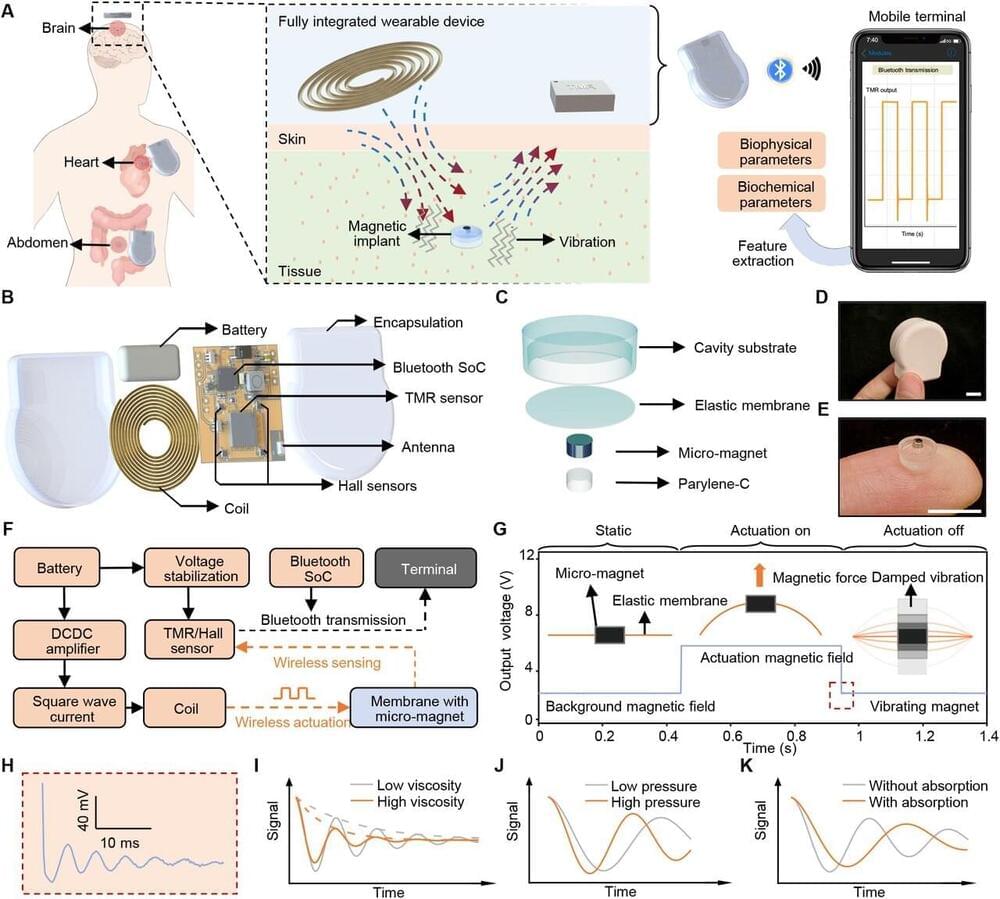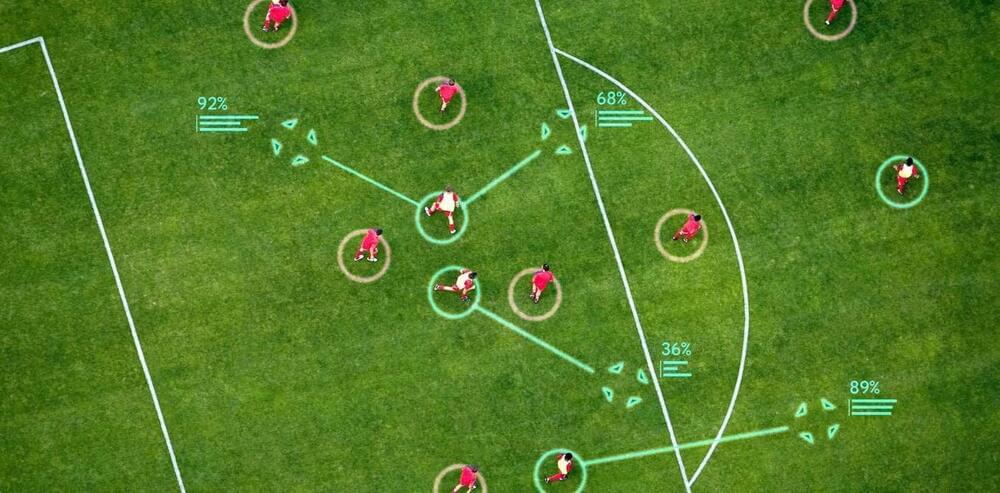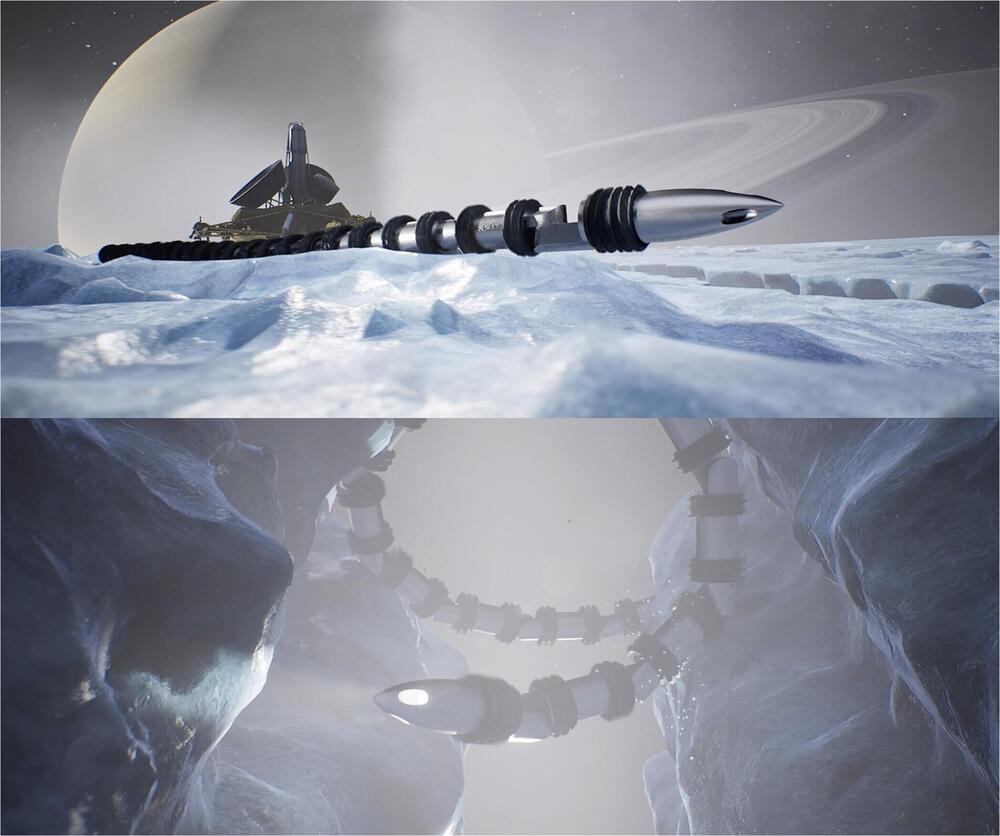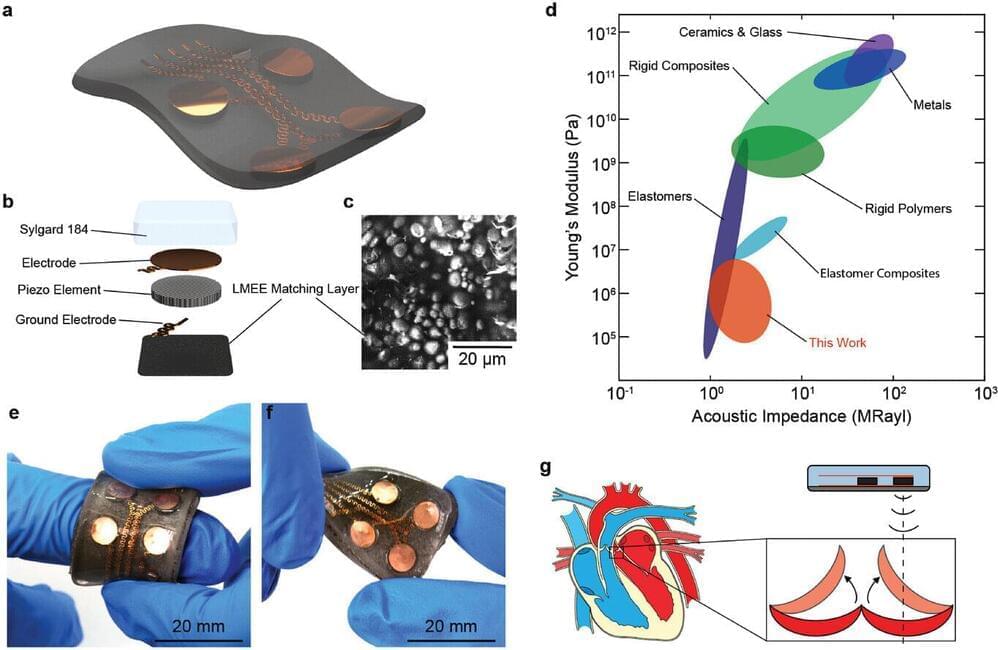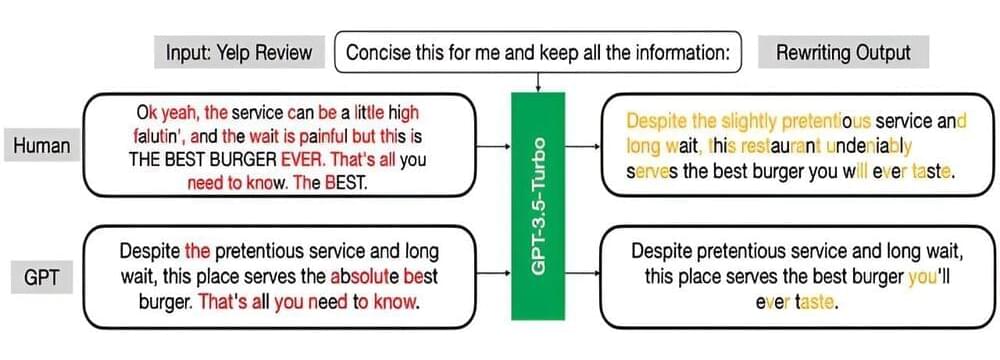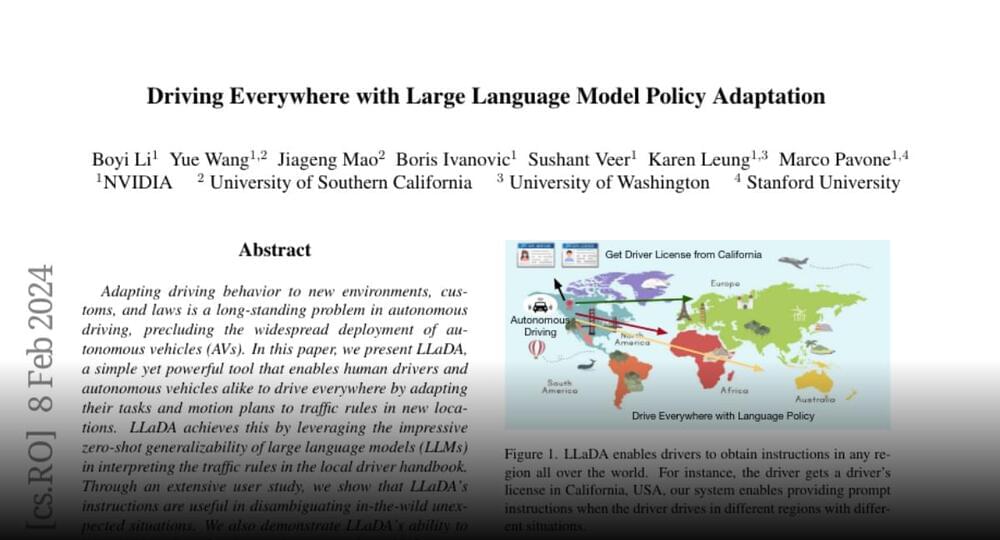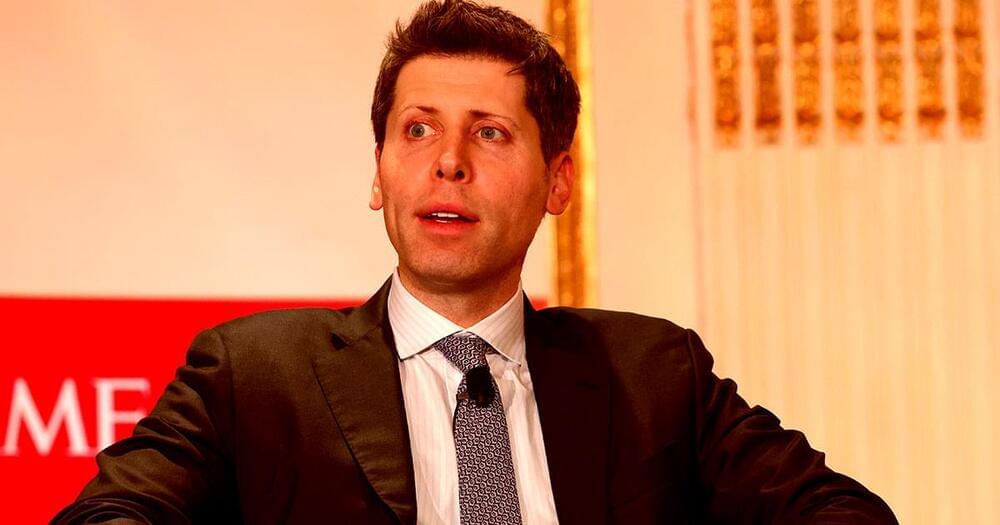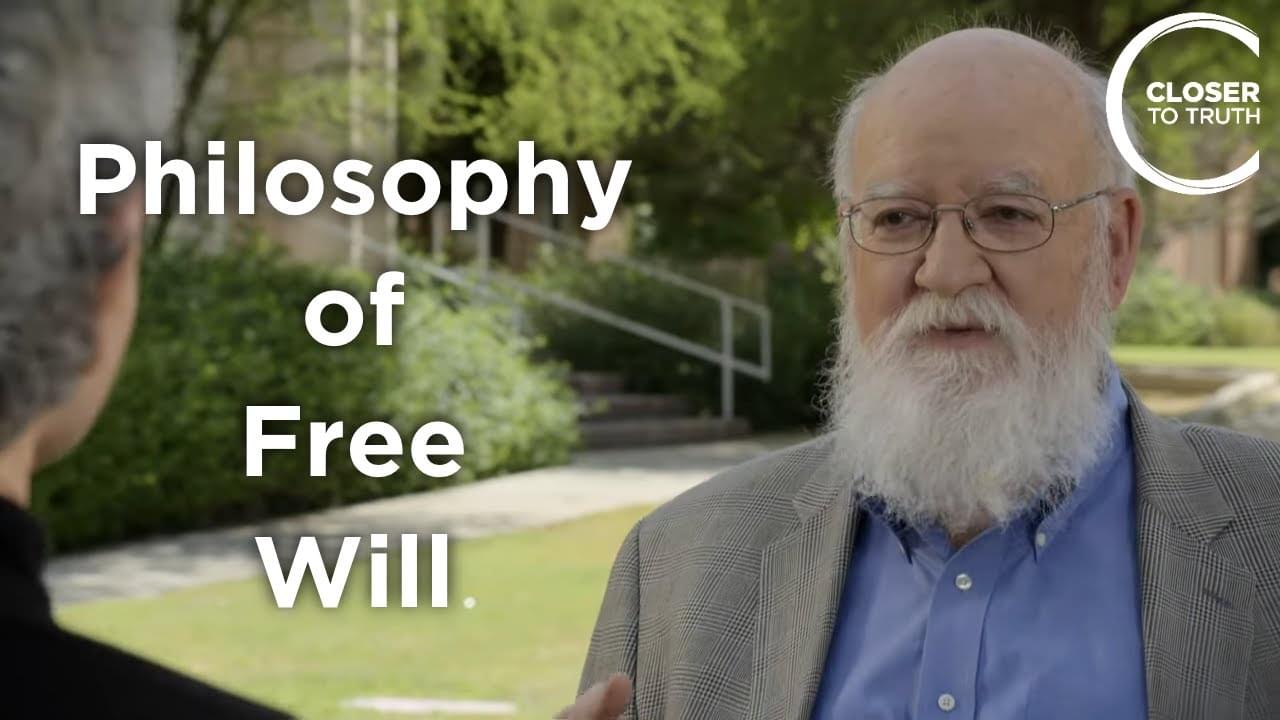In a study published in the journal Science Advances, researchers from Peking University have unveiled a miniaturized implantable sensor capable of health monitoring without the need of transcutaneous wires, integrated circuit chips, or bulky readout equipment, thereby reducing infection risks, improving biocompatibility, and enhancing portability. The study is titled “Millimeter-scale magnetic implants paired with a fully integrated wearable device for wireless biophysical and biochemical sensing.”
Robotic exoskeletons designed to help humans with walking or physically demanding work have been the stuff of sci-fi lore for decades. Remember Ellen Ripley in that Power Loader in “Alien”? Or the crazy mobile platform George McFly wore in 2015 in “Back to the Future, Part II” because he threw his back out?
Last Sunday, Liverpool faced Manchester United in the quarter finals of the FA Cup—and in the final minute of extra time, with the score tied at three-all, Liverpool had the crucial opportunity of a corner kick. A goal would surely mean victory, but losing possession could be risky.
A team of roboticists at California Institute of Technology’s Jet Propulsion Laboratory, working with a colleague from Carnegie Mellon University’s, Robotic Institute, has developed a snake-like robot to investigate the terrain on Enceladus, Saturn’s sixth-largest moon.
The best-known byproduct of ultrasound—so named because its frequencies exceed the range of the human ear—is, in fact, not audio but visual: 2D imagery, often of a fetus maturing in the womb. But ultrasound has also found a place in other corners of the medical realm, from assessing blood flow to examining suspicious lumps and diagnosing disease.
Computer scientists at Columbia Engineering have developed a transformative method for detecting AI-generated text. Their findings promise to revolutionize how we authenticate digital content, addressing mounting concerns surrounding large language models (LLMs), digital integrity, misinformation, and trust.
Nvidia presents Driving Everywhere with Large Language Model Policy Adaptation LLaDA is a simple yet powerful tool that enables human drivers and autonomous vehicles alike to by adapting their tasks and motion plans to traffic rules.
Nvidia presents Driving Everywhere with Large Language Model Policy Adaptation.
LLaDA is a simple yet powerful tool that enables human drivers and autonomous vehicles alike to by adapting their tasks and motion plans to traffic rules.
Paper page: https://huggingface.co/papers/2312.14150)
Join the discussion on this paper page.
CRISPR-Cas technology sparks hope for curing HIV in cell culture:
Thanks to Nobel-awarded genetic scissors the scientists cut out HIV from cells and gave hope for the future.
The process is ludicrously energy intensive, with experts estimating that the industry could soon suck up as much electricity as an entire country.
So it shouldn’t come as a surprise that OpenAI CEO Sam Altman is looking for cheaper alternatives. During a Bloomberg event at the annual World Economic Forum in Davos, Switzerland, the billionaire suggested that the AI models of tomorrow may require even more power — to the degree that they’ll need a whole new power source.
“There’s no way to get there without a breakthrough,” Altman told audiences, as quoted by Reuters. “It motivates us to go invest more in fusion,” adding that we need better ways to store energy from solar power.
Get free access Closer to Truth’s library of 5,000+ videos for free: http://bit.ly/376lkKNFree will is a classic and perennial problem in philosophy. It is a…
